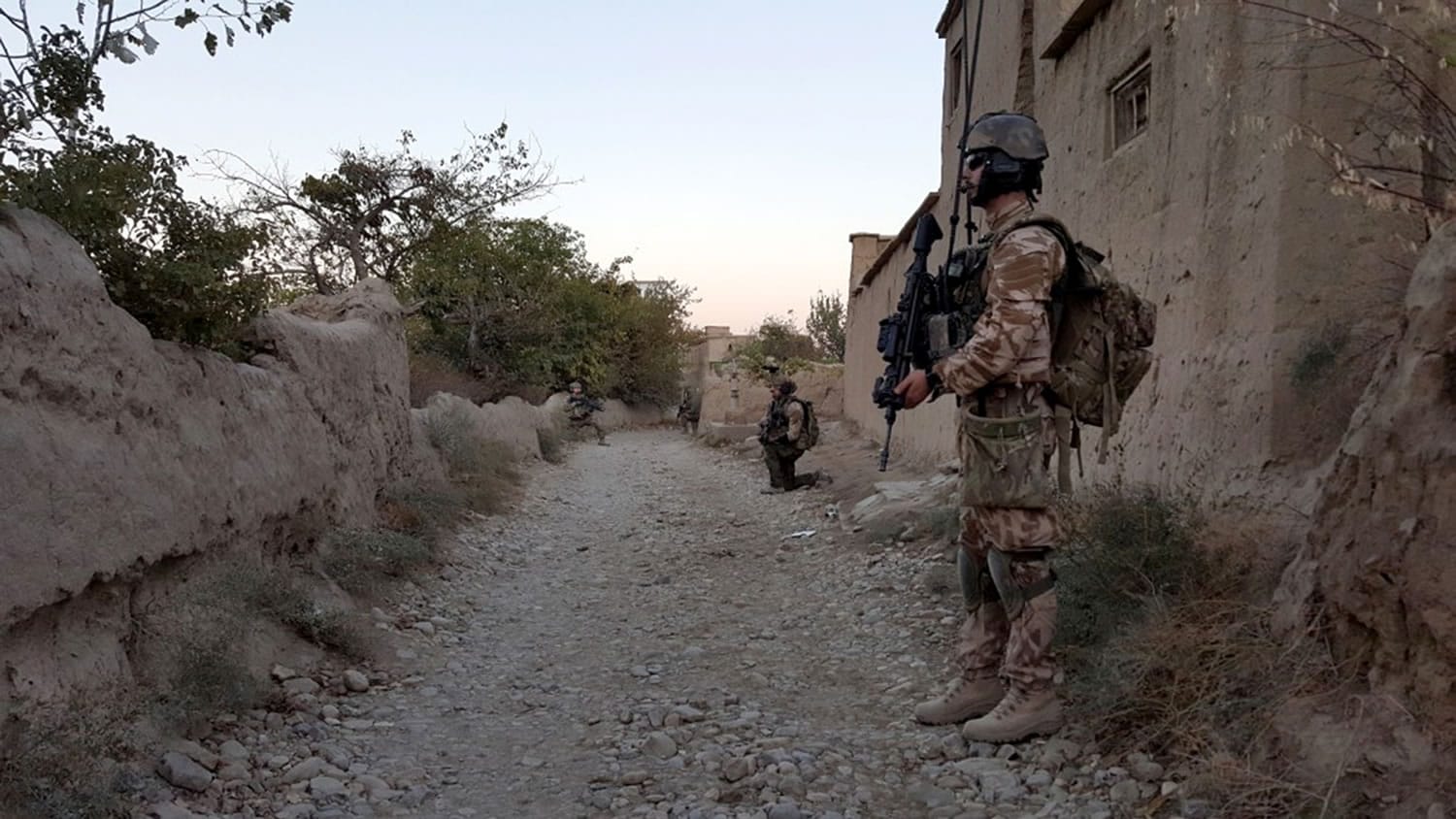BAGRAM, Afghanistan — When Krissie K. Davis deployed to Afghanistan this spring with the U.S. military, she was excited about her mission and told her family she’d be safe. A 54-year-old grandmother and civilian employee with the Air Force, she worked at sprawling Bagram Airfield preparing equipment for disposal as part of the base’s possible closure. She talked to her family virtually every day from 7,500 miles away.
In an instant, however, that changed. While driving on base early June 8, Davis was hit with a Taliban rocket. Her remains arrived at Dover Air Force Base in Delaware within days, treated with the same solemnity and respect offered to active-duty service members killed in combat, said her daughter, Angela Langley Mitchell.
“I don’t think she really knew what she was getting into,” said Mitchell, of Lincoln, Alabama. “She said she was never anywhere near where the missiles were being shot into.”
The death of Davis highlights the complicated nature of the Afghanistan War as its 15th year begins. While U.S. officials debate the merit of expanding the war against the Islamic State militant group in Iraq and Syria, Washington keeps three times as many service members in Afghanistan, with an even larger force of contractors and civilian employees assisting. Combat operations in Afghanistan are over, White House and Pentagon officials say, but those deployed still face a variety of attacks in what commanders call “non-combat” operations – even when driving to work at dawn on a base with a 13-mile perimeter, like Davis.



